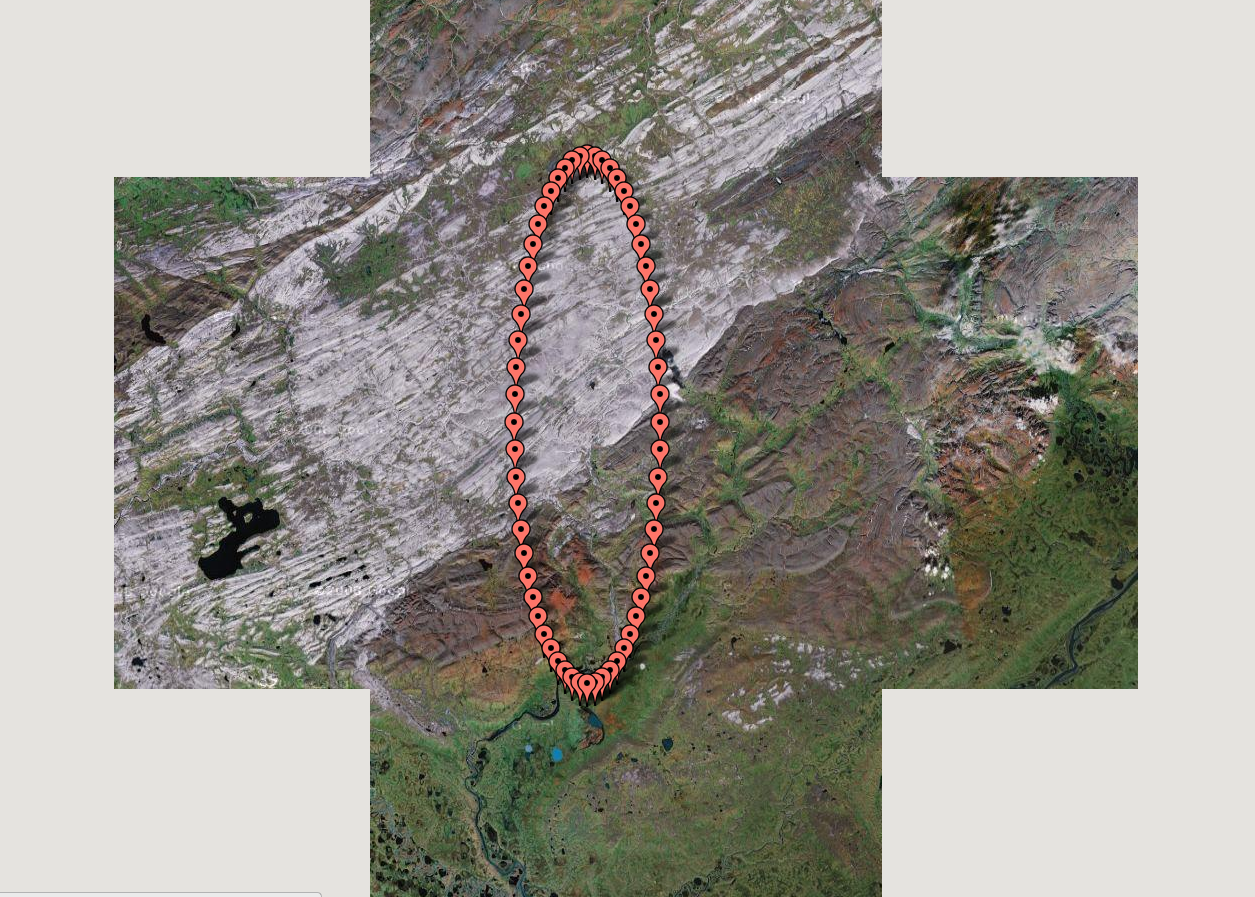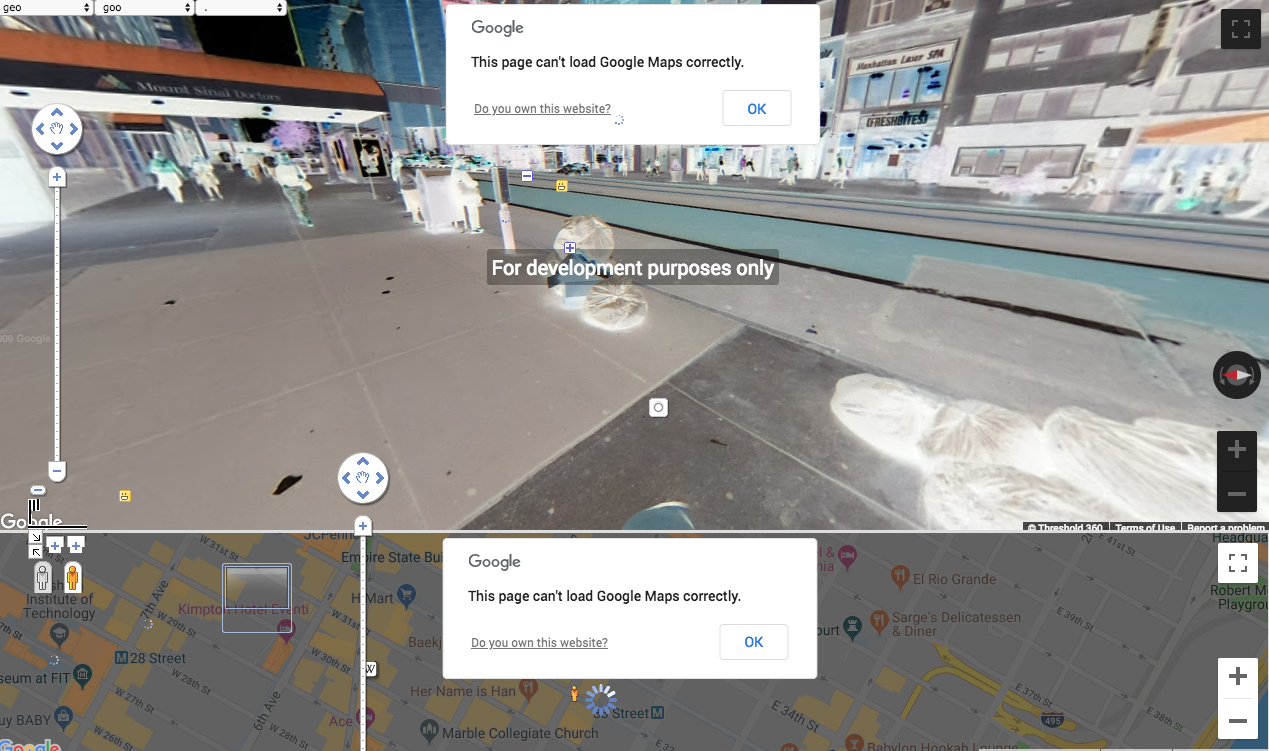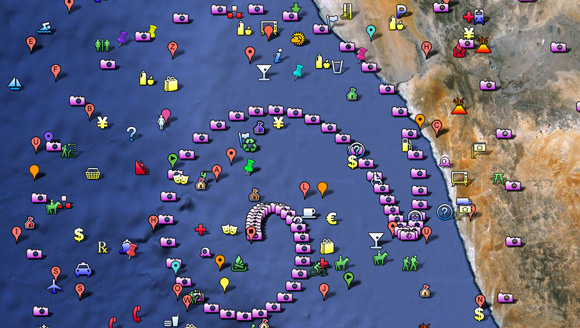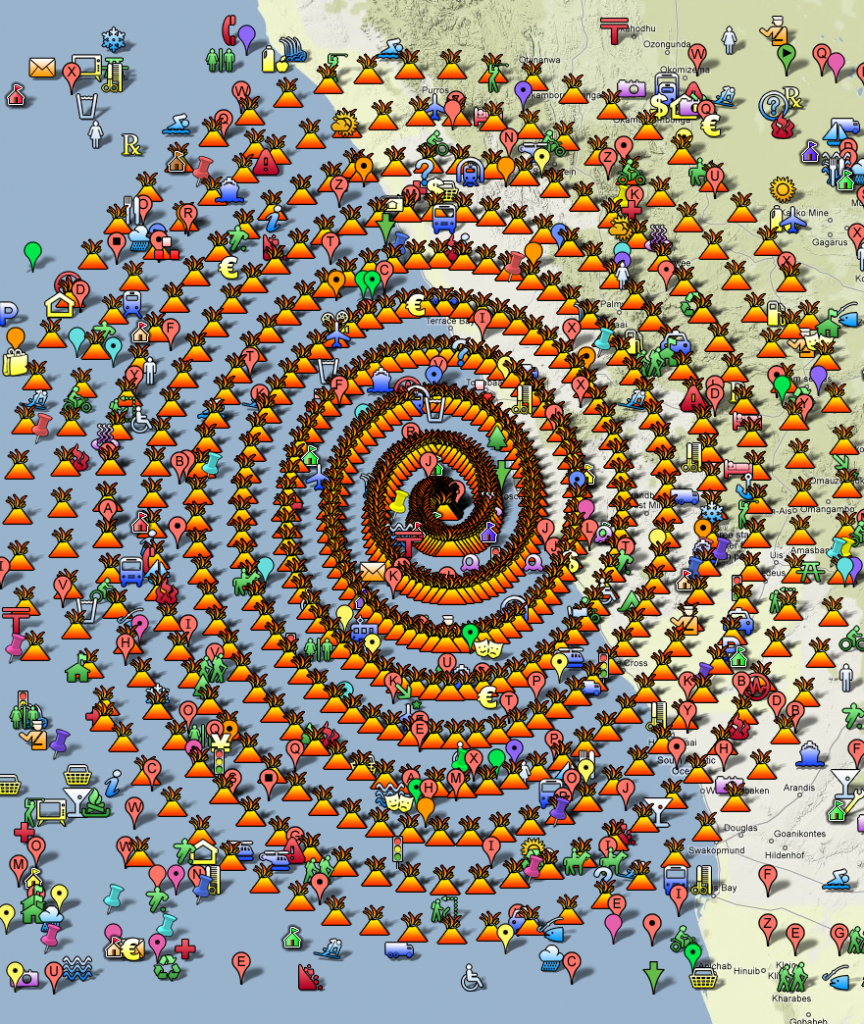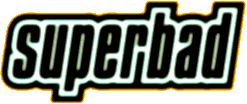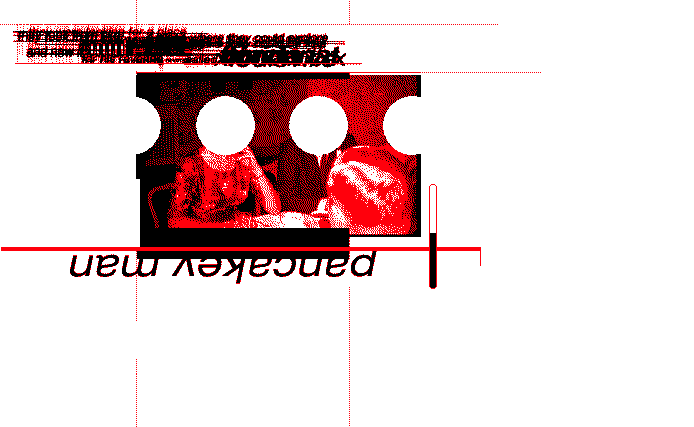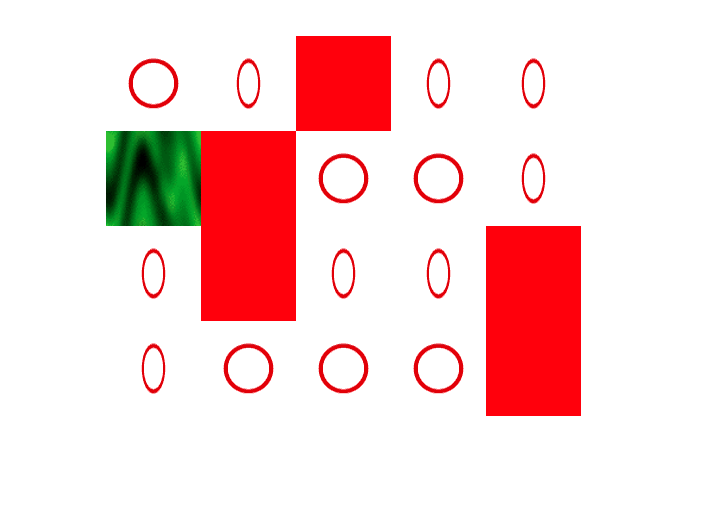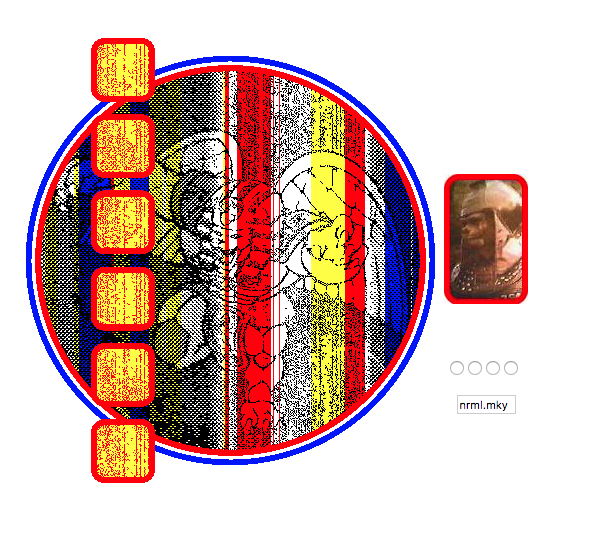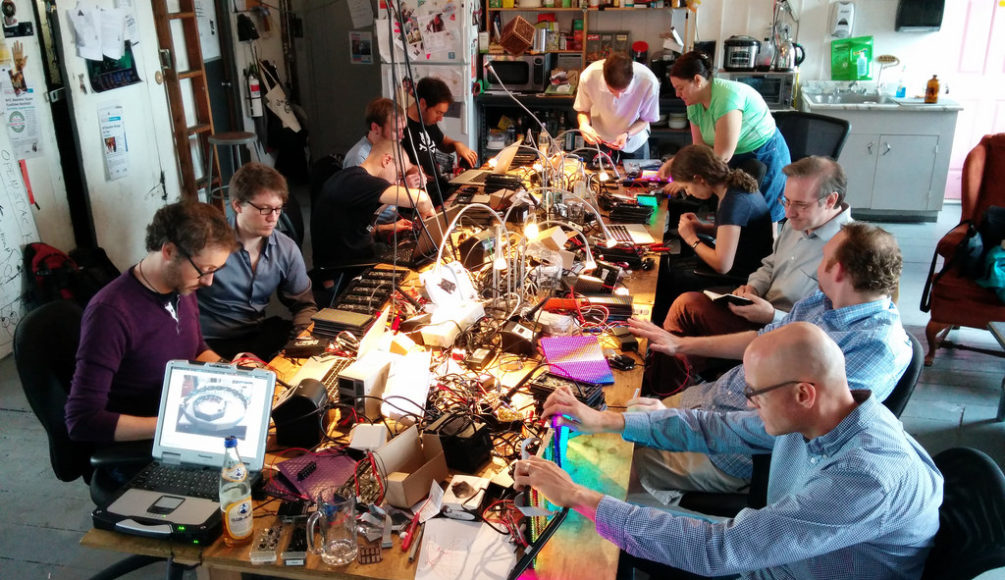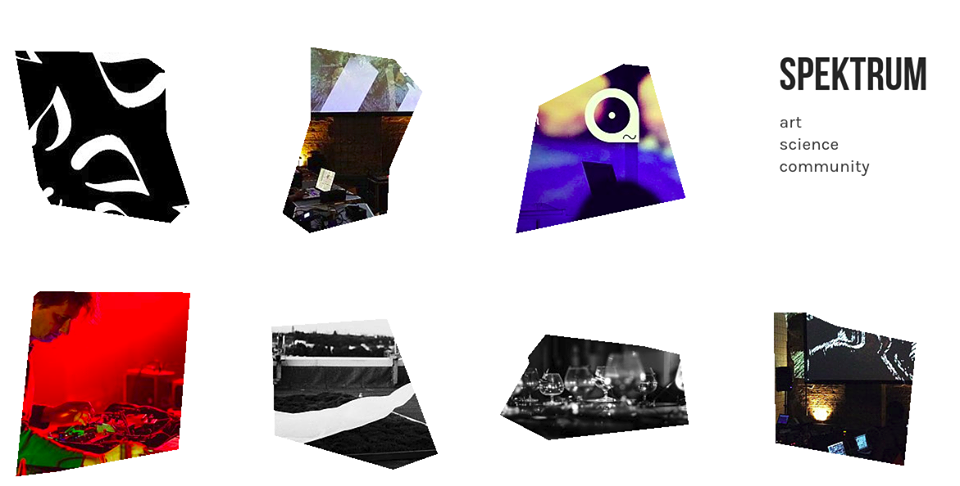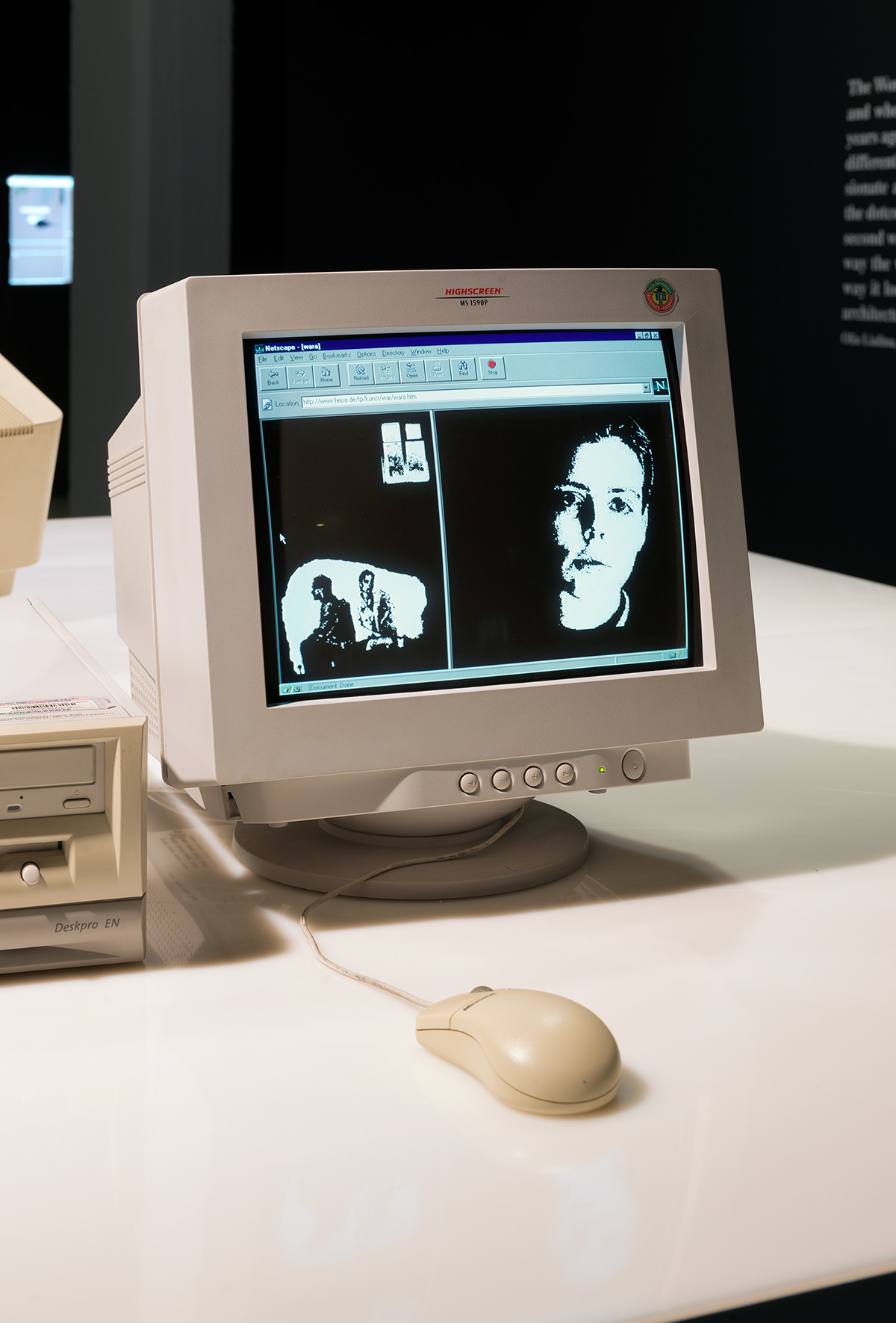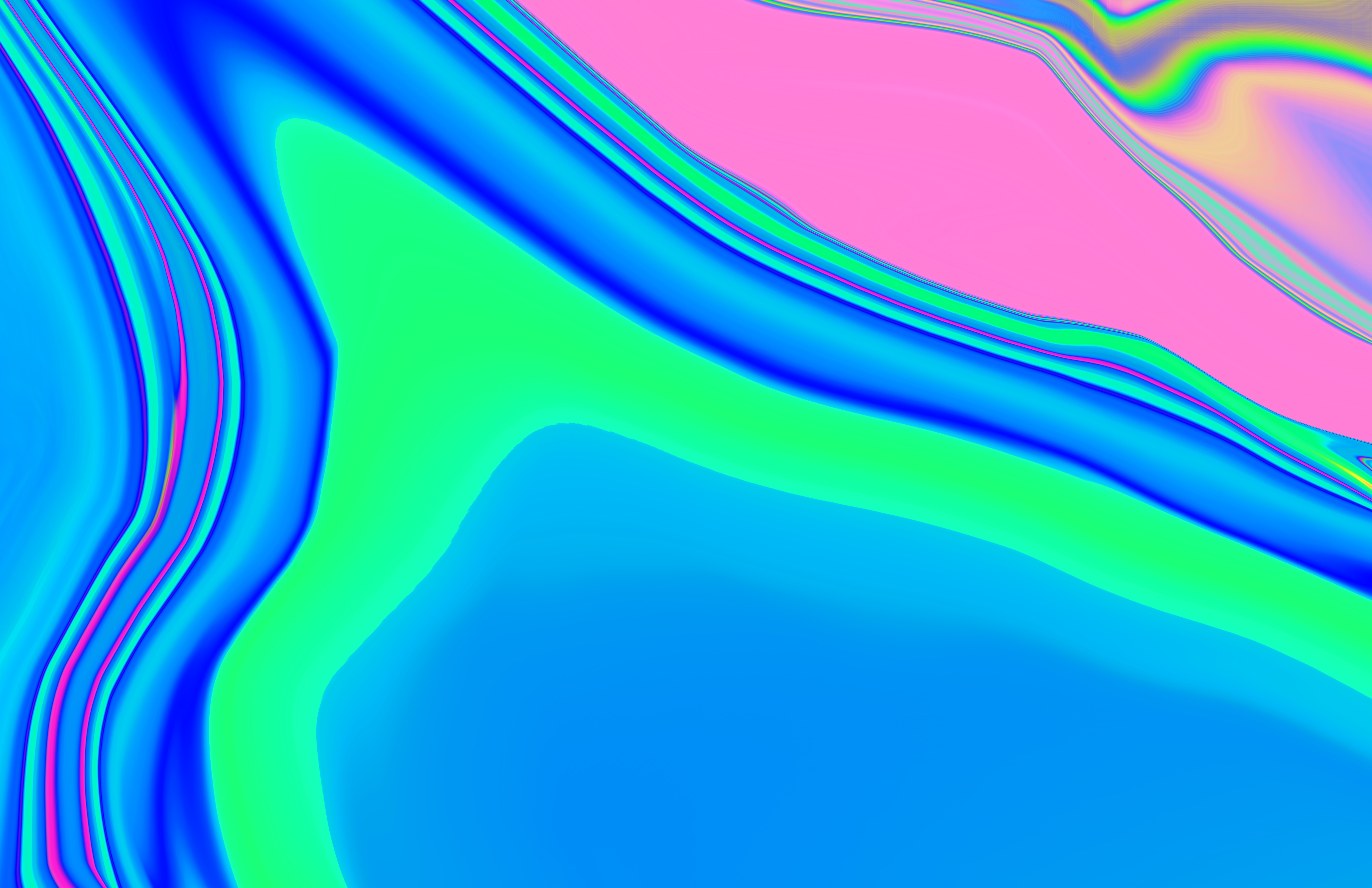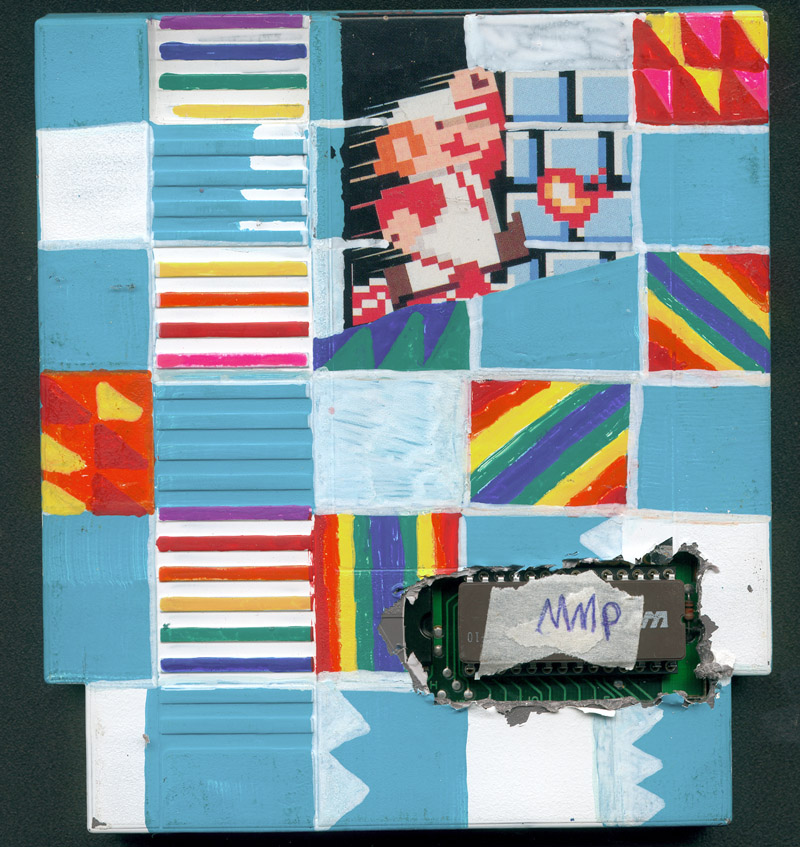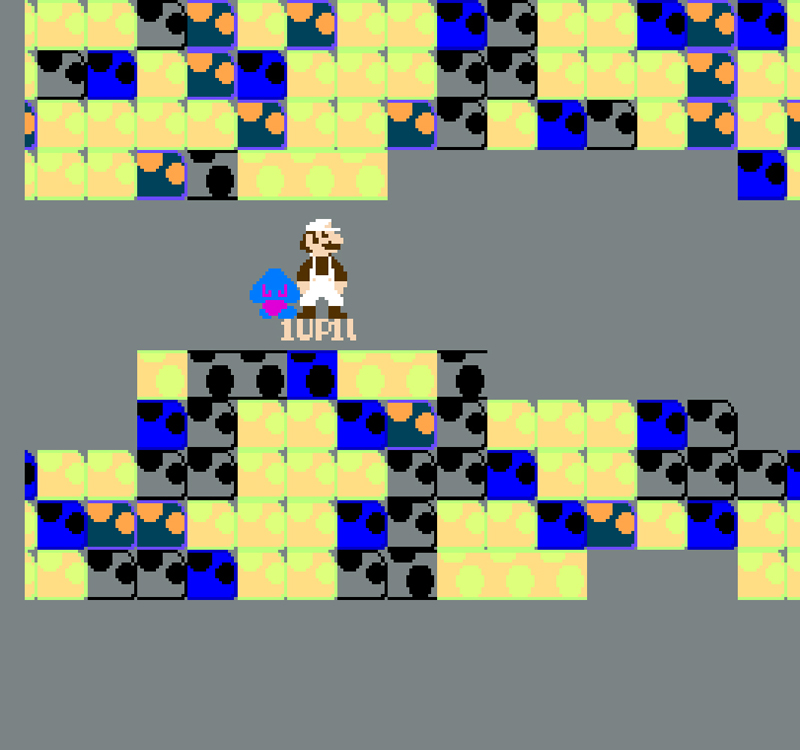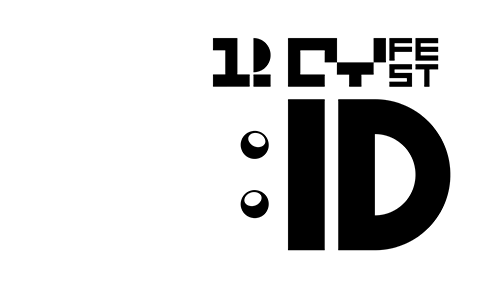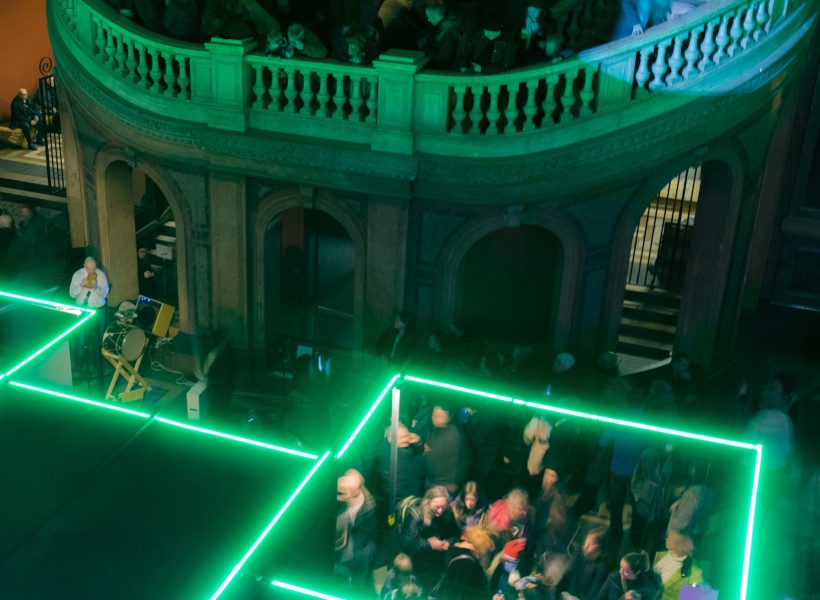Globalmove.us implements a combination of the Google Maps API and subversive javascript written by the artists to create frenetic drawings (earthworks even) built of Google Maps UI elements. The ability for JODI's hand crafted javascript to accomplish this feat is explicitly allowed and defined by code that is written, hosted and provided by Google. Were this work to be preserved by a collecting institution, how would one ensure that changes made by Google to their Maps API does not destroy the functions implemented by the artist's code?
foundyou.online is a directory for new media art. You can browse the index of organizations, and events/festivals. You can also search by location, and sort by tag or decade.
Superbad is a noted web art installation created by Ben Benjamin in 1997.
It received a 1999 Webby in the "Weird" category, and was one of nine websites featured in the Whitney Museum Biennial in 2000. Superbad began as a test bed for Benjamin's web design for technology corporations ranging from E! Online to Nippon Telegraph and Telephone. It heavily samples Japanese popular culture. [1]
The site consists of a veritable maze of inter-linked visual, conceptual "subprojects" ranging from two-tone and technical-looking to wacky, colorful, and even bizarre. Often a subproject will have clickable elements linked to other pages within that subproject, or to another, or that just provide visual richness (for example, the "follow" subproject has a grid of circles with arrows that follow the mouse cursor; each circle is a link to a different page within the site). Some of the pages contain narrative elements. There are 143 different pages. His main page serves as a hub to all his subprojects. Clicking anywhere on the "bad" will link to somewhere within each subproject. [1]
From the artist's website:
Stasis in Flux is an experimentation of animation's potential to mimic the real. I began by building a functional zoetrope within 3D space to test if persistence of vision is replicated accurately. From this experiment I realized 3D animations potential to go beyond the physical limits of the real, allowing me to coordinate movements between both the camera and the zoetrope to replicate much more advanced cinematic techniques. The result is a carefully choreographed animation that represents the ebb and flow of the creative process. [1]
NYC Resistor is a hackerspace in New York, inspired by Chaos Computer Club and other hacker organizations. According to the NYC Resistor's website, "NYC Resistor is a hacker collective with a shared space located in downtown Brooklyn. We meet regularly to share knowledge, hack on projects together, and build community." [1]
NYC Resistor encourages participation by anyone who feels they can contribute. Nonmembers are welcome to attend Craft Nights and other public events, as well as take part in classes on a variety of subjects. Visiting beyond this can be arranged on a case by case basis with current members. [1]
SPEKTRUM is a space of convergence for cultural communities and transdisciplinary groups emerging and operating in and off Berlin. The project aims to bring confrontation, open knowledge and a platforms for idealisation, realisation and presentation of technology-based artworks, science-focused events and futuristic utopias based on the principle “do-it-together-with-others”. Above all, we are an open organization promoting participatory processes to co-define and co-design a social and physical playground for curiosity and critical understanding. [1]
The venue is part of a monumental architecture in the heart of Kreuzberg/Neukölln realised by Franz Hoffmann and Bruno Taut, one of the main expressionist architects of the modernist period. The inner space is characterised by a multi-layered approach to heights, with an unusual 5 meter high ceiling for the event room and other sections organised as split-levels. These architectural qualities tell us a story of planes and volumes, offering guests a surprising walk around with secret spots to discover. [1]
 JODI Homepage
JODI Homepage
 MATERIAL WANT is the first collaboration of artist/researcher Matthew Plummer-Fernandez and net art pioneers JODI.
MATERIAL WANT is the first collaboration of artist/researcher Matthew Plummer-Fernandez and net art pioneers JODI.
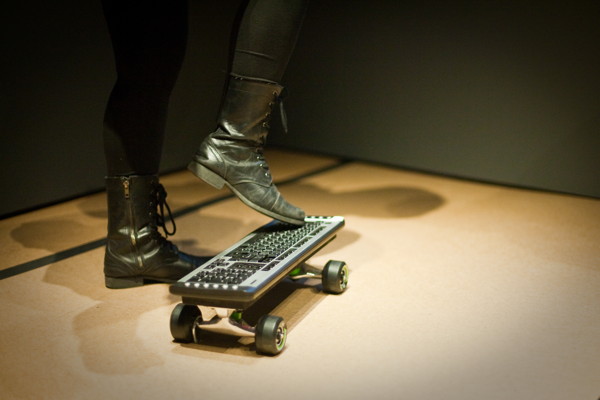 JODI, “SK8MONKEYS ON TWITTER”
JODI, “SK8MONKEYS ON TWITTER”
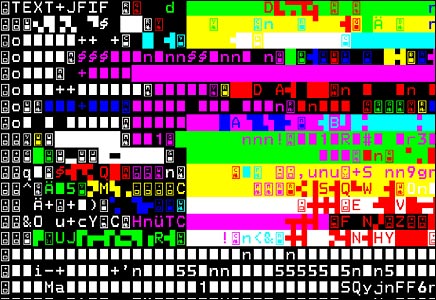 http://text.jodi.org
http://text.jodi.org
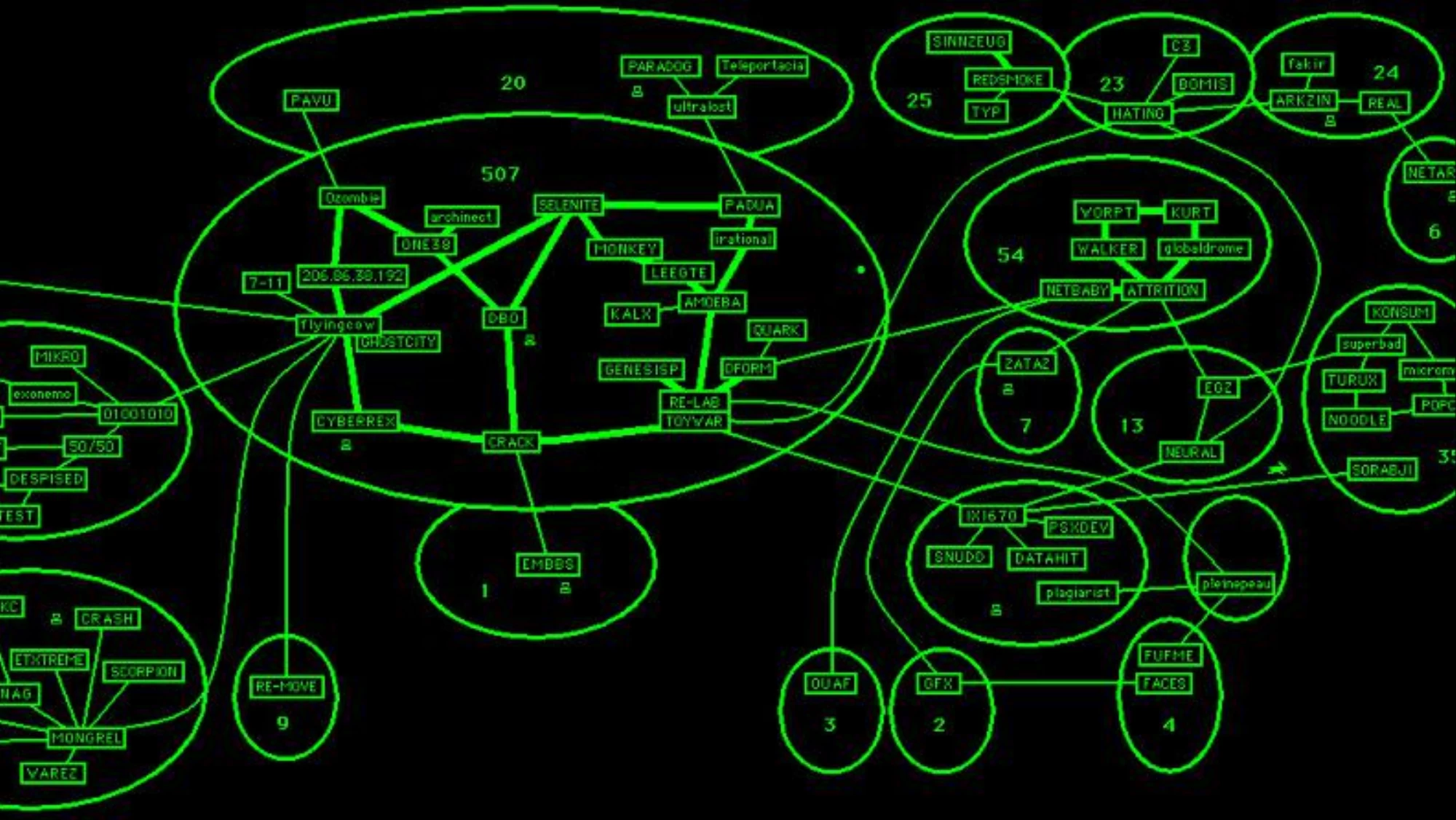 JODI's map of the internet
JODI: Street Digital_ Museum of the Moving Image, March 31--May 20, 2012 by [dNASAb]
JODI's map of the internet
JODI: Street Digital_ Museum of the Moving Image, March 31--May 20, 2012 by [dNASAb]
Internet provocateurs JODI pioneered Web art in the mid-1990s. Based in The Netherlands, JODI (Joan Heemskerk and Dirk Paesmans) were among the first artists to investigate and subvert conventions of the Internet, computer programs, and video and computer games. Radically disrupting the very language of these systems, including interfaces, commands, errors and code, JODI stages extreme digital interventions that destabilize the relationship between computer technology and its users. [1]
JODI (Joan Heemskerk and Dirk Paesmans) was formed in 1994. Joan Heemskerk was born in 1968 in Kaatsheue, The Netherlands. Dirk Paesmans was born in 1965 in Brussels, Belgium. Heemskerk and Paesman both attended Silicon Valley's electronic arts laboratory CADRE at San Jose State University in California; Paesmans also studied with Nam June Paik at the Kunstakademie in Dusseldorf. JODI's works are typically seen online. Their recent solo exhibitions include INSTALL.EXE at Eyebeam, New York, which toured to [plug-in], Basel, and BuroFriedrich, Berlin; and Computing 101B at FACT Centre, Liverpool, England. Their works have also been exhibited at Centre for Contemporary Art, Glasgow; Kunstverein Bonn; Stedelijk Museum, Amsterdam; Zentrum fur Kunst und Medientechnologie, Karlsruhe, Germany; Documenta X, Kassel, Germany; Harvard Art Museum, Massachusetts; EAI at ICA, Phillidelphia; and Lisson Gallery, New York, among many others. [1]
Misusing technological tools and languages has been a trademark for Jodi.org (Joan Heemskerk and Dirk Paesmans) since the mid-nineties, when they emerged as the pioneers of a movement which later became internationally known as net.art. Starting by applying this creative strategy to browsers, subverting websurfing logics and hacking the graphic interface, they then moved to videogames and finally to the so-called Web 2.0, deconstructing platforms such as Blogger, Google Maps and now Twitter. [2]
Selected net art pieces [3]
- http://wwwwwwwww.jodi.org - the website that caused Jodi's uproar in popularity with contemporary art.
- http://globalmove.us/ - another website using Google Maps, this time creating artistic patterns with the map signs.
- http://geogeo.jodi.org/ - a site using Google Maps to show supposed 'Cityfonts'.
- http://map.jodi.org/ - Jodi's personal map of the Web.
- http://404.jodi.org/ - playing with the "404 - File not Found" premise.
- http://sod.jodi.org/ - an art game modification of Wolfenstein 3D.
- http://asdfg.jodi.org/ - an experimental website, using randomly generated ASCII art and Javascript.
- http://yt-rtyuiop.org/ - an experimental website, very similar to asdfg.jodi.org, YouTube related.
- http://text.jodi.org/ - a website similar to wwwwwwwww.jodi.org, containing jumbled graphics.
- http://jetsetwilly.jodi.org/ - an edit of the game Jet Set Willy.
- http://www.wrongbrowser.com/ - absurd artistic interpretation of a browser (Alt-F4 to exit on Windows, CMD-Q on Mac).
- http://g33con.com/ - a web archive containing many websites, including the redirect experiment "you-talking-to-me-you-talking-to-me-you-talking-to-me.com".
- http://www.untitled-game.org/ - also on CD-ROM, twelve modifications of Quake.
- http://maxpaynecheatsonly.jodi.org/ - cheats on built-in functions of the video game Max Payne 2 - new work released in May 2006.
- http://tatatataa.cn/ - an experimental website with a grey background, along with the voice of Duke Nukem saying the Textedit options.
- http://zyx-app.com/ - an art project, experimenting with iPhones and human movement.
- http://compositeclub.cc/ - a web archive, each containing various clips from PlayStation 2 Eyetoy games like EyeToy: Monkey Mania, and Sega Superstars, being "played" by movies.
- http://audioswap5.com/ - redirects to a YouTube channel showing videos of internet-themed songs recorded onto vinyl.
- http://oss.jodi.org - another Javascript site, famous for containing malicious code.
- http://x20xx.com/ - slightly related to zyx-app.com, contains various visual experiments.
- http://folksomy.net/ - a web archive containing randomly selected clips from YouTube, all by tag.
- http://mboxjodi.org/ - another web archive, this time containing lists of various files, ordered by file extension.
My Boyfriend Came Back From the War is an example of interactive hypertext storytelling. The work consists of nested frames with black and white web pages and (sometimes animated) grainy GIF images. When clicking hyperlinks in the work, the frame splits into smaller frames and the user reveals a nonlinear story about a couple that is reunited after a nameless military conflict. The lovers find it difficult to reconnect; the woman confesses that she has had an affair with a neighbour while the returned soldier proposes marriage. The story unfolds to the point where the screen has become a mosaic of empty black frames. [1]
Olia Lialina calls the work a netfilm, because of its similarity with cinematic narrative. The grainy black-and-white images and intertitles refer to early silent movies. Of its filmic qualities, curator Michael Connor wrote of the work, "the work adapts cinematic montage to the web … separate frames are joined together by HTML code and the browser itself and experienced in both space and in time, employing what Lev Manovich has characterized as spatial and temporal montage." [1]
https://anthology.rhizome.org/my-boyfriend-came-back-from-the-war
Rhizome champions born-digital art and culture through commissions, exhibitions, digital preservation, and software development. Founded by artist Mark Tribe as a listserve including some of the first artists to work online, Rhizome has played an integral role in the history of contemporary art engaged with digital technologies and the internet. Since 2003, Rhizome has been an affiliate in residence at the New Museum in New York City.[1]
Super Mario Movie is a reprogrammed 8-bit Nintendo game cartridge revolving around the famed Italian plumber Mario who first made his appearance in 1981 as a character in the videogame ‘Donkey Kong’. Since Mario’s rise to fame he has become the main character in approximately 200 different videogames, making him somewhat of a pop-culture icon. In this work Arcangel hacks the game cartridge to produce a 15-minute movie showing how Mario’s life has spiralled out of control as a result of the gradual decay of his outdated technology. In the opening scene we read the following text; “as a video game grows old its content and internal logic deteriorate. For a character caught in this breakdown problems affect every area of life.” Whilst being partly satirical, Arcangel is also describing the natural degradation process that eventually affects all information storage devices and the short life-span that these technologies experience. This is partly due to the rapidly evolving pace of technological advancement and as such can be read as a comment on our insatiable hunger for constantly new and updated technology. [1]
CYFEST is one of the largest international media art festivals, it was founded in St. Petersburg in 2007 by independent artists and curators. The festival promotes the emergence of new forms of art and high technology interactions, developing professional connections between artists, curators, engineers and programmers around the world and exposing wide audiences to the works in the field of robotics, video art, sound art and net art.
